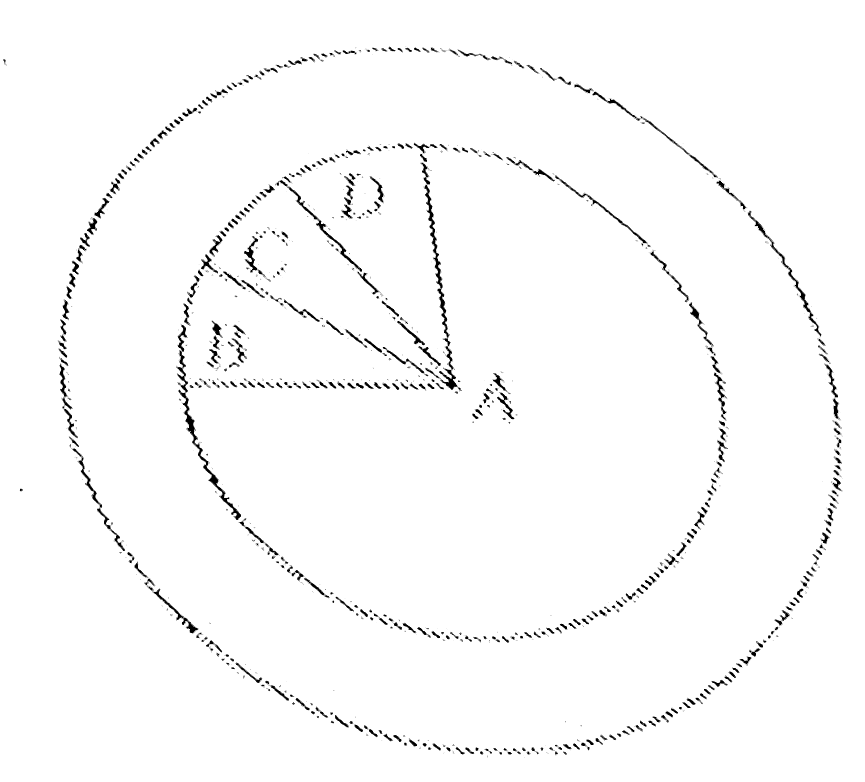Text Solution
Verified by Experts
The correct Answer is:
|
Topper's Solved these Questions
BIODIVERSITY AND ITS CONSERVATION
ARIHANT NEET|Exercise Section-B(Medical entrances special format questions)|13 VideosView PlaylistBASIC CONCEPTS OF IMMUNOLOGY
ARIHANT NEET|Exercise Medical entrances gallery|77 VideosView PlaylistBIOLOGICAL CLASSIFICATION
ARIHANT NEET|Exercise Chapter Exercises C Medical entrances gallery (Collection of Questions asked in NEET & Various Medical Entrance Exams )|21 VideosView Playlist
Similar Questions
Explore conceptually related problems
Knowledge Check
Similar Questions
Explore conceptually related problems
ARIHANT NEET-BIODIVERSITY AND ITS CONSERVATION -Section-C(Medical entrances gallery(Collection of questions asked in NEET & Various Medical Entrances Exams))
- The following graph depicts changes in two populations (A and B) of he...
03:04
|
Play - In which of the following both pairs have correct combination?
03:37
|
Play - Given below is the representation of the extent of global diversity of...
03:10
|
Playing Now - The organisation which publishcs the Red List of species is
02:28
|
Play - In IUCN Red List (2004) documents , the extinction of 784 species incl...
03:19
|
Play - Maximum biodiversity is found in
02:43
|
Play - One of the following statements is incorrect with reference to biodive...
03:31
|
Play - One of the chief reasons among the following for the depietion in the ...
03:52
|
Play - An example of ex situ conservation is Or Which is the best met...
03:24
|
Play - Which of the following is not an ex-situ conservation
01:05
|
Play - Find the wrongly matched pair.
01:53
|
Play - The concept of "hotspot" was first introduced by :
02:51
|
Play - The objective of 'Ramsar Convention' was :
02:08
|
Play - Management of National Park is controlled by :
02:50
|
Play - Match of following Columns. {:(, ,A,B,C,D),(,(a),2,5,4,3),(,(b),...
02:33
|
Play - Breeding ground for migratory flamingo is
02:13
|
Play - Which of the following rain forests is home to more than 10000 species...
02:08
|
Play - The government of India in 1980s has introduced a concept to work clos...
02:37
|
Play - 5th June is
01:43
|
Play - Chipko movement is related to
02:33
|
Play
